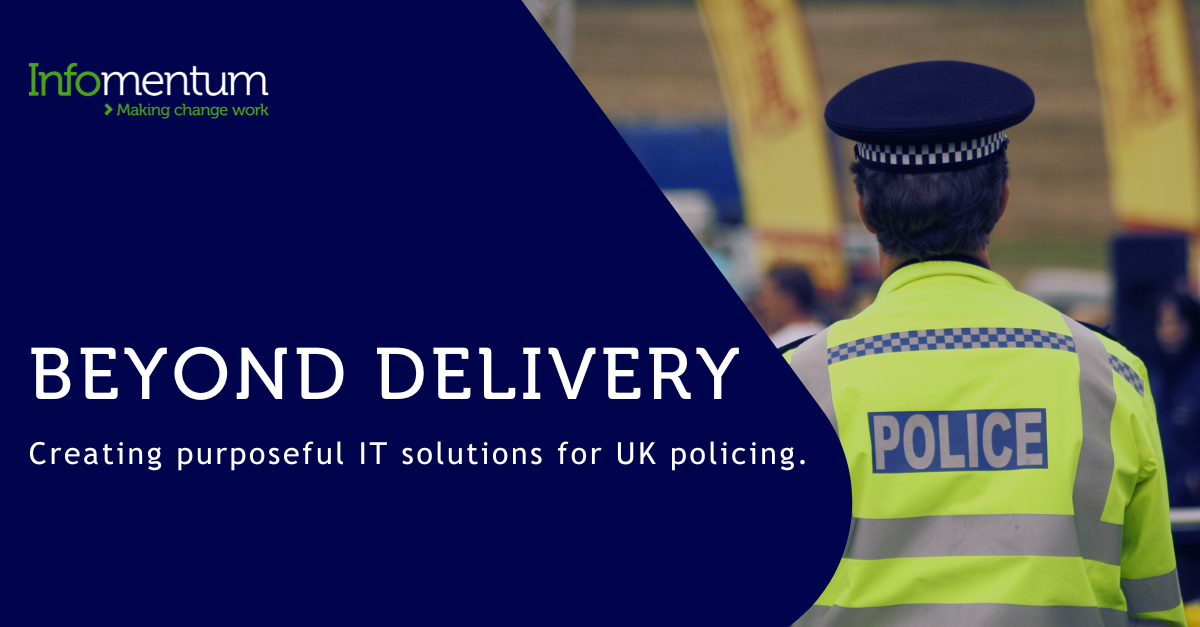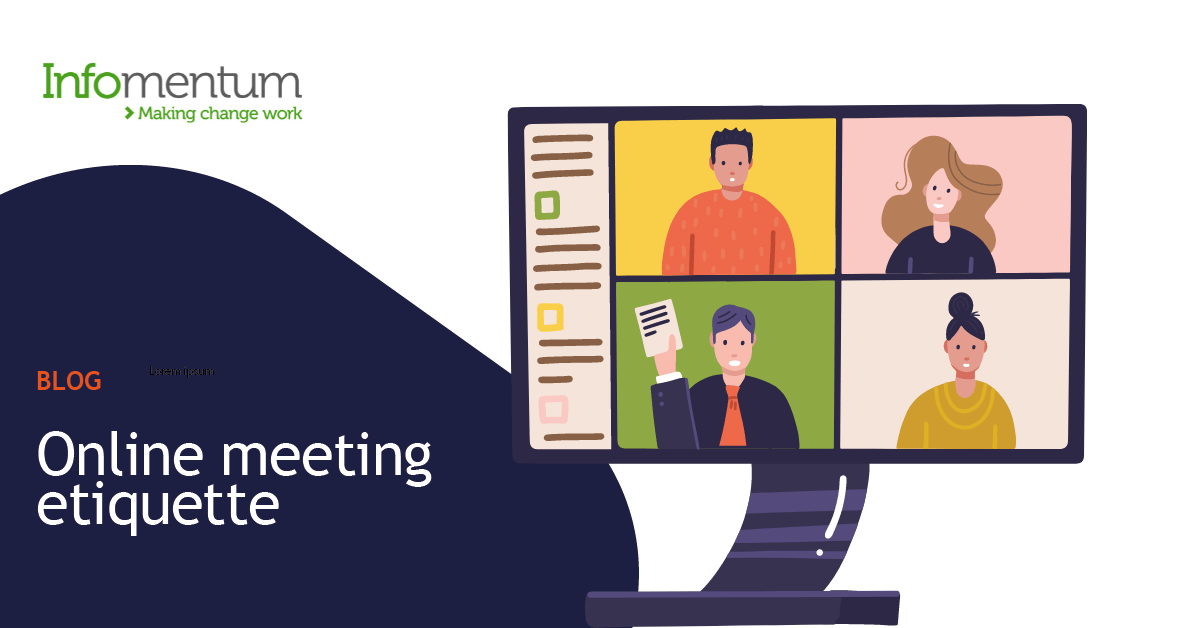As the world becomes increasingly connected, organisations are struggling to keep up. So how can you turn a disorganised work environment into a streamlined, information-sharing machine? The answer is the Information Workplace.
Large organisations are overflowing with information. Data (structured and unstructured), transactions, emails, paper – they’re bursting at the seams with the stuff. But, as Einstein said, information is not knowledge. Especially when that information can’t be used by the right people at the right time.
According to recent research, the inability to find what they need, when they need it, is one of the biggest frustrations for today’s information worker. Especially when they’re used to being so connected in their personal lives via social networks, wikis and blogs.
So, why can’t large organisations pull off the same level of collaboration and knowledge sharing that has taken over the rest of the world?
The answer is: they can. Thanks to the Information Workplace.
The road to the Information Workplace
So, what is the Information Workplace and why should you care?
It might be simpler to start by talking about what the Information Workplace is not. It’s not a back-end database, a front-end application or even a middleware solution. It’s not even a strategic platform.
It’s a journey. A journey towards a business where information flows freely, to the right people, at the right time – helping them stay connected.
Of course, the journey is going to be different for every organisation. The first step towards the Information Workplace could be your intranet, your supplier portal or partner portal, or any other point in your organisation where information needs to be accessed. But there’s one thing that unites every step along the road. People.
Connecting people
People, and how they work, are at the heart of the Information Workplace. Simply, it connects data, content and processes to the people who need it, when they need it and how they need it.
With so much information buzzing around an organisation, it’s easy for people to be overwhelmed – caught in a state of decision paralysis: what information do they need to do the job at hand, what do they need to share with their colleagues, what must they allow their customers to access? The Information Workplace frees people from all of this, enabling them to find what they need more easily, collaborate more efficiently and deliver a better customer experience.
Get the information flowing
Part of the reason it’s tricky to sum up the Information Workplace is because it covers so much ground. It’s a mix of content, data, transactions, processes and communication – and a way of dealing with it all in an efficient, intuitive and intelligent way.
Perhaps, it’s better to think of it in terms of aims. And the ultimate aim of the Information Workplace is to create an organisation where systems are enablers rather than barriers. And where people have everything they need to do their best jobs.
Now doesn’t that sound like something that’s worth working towards?







